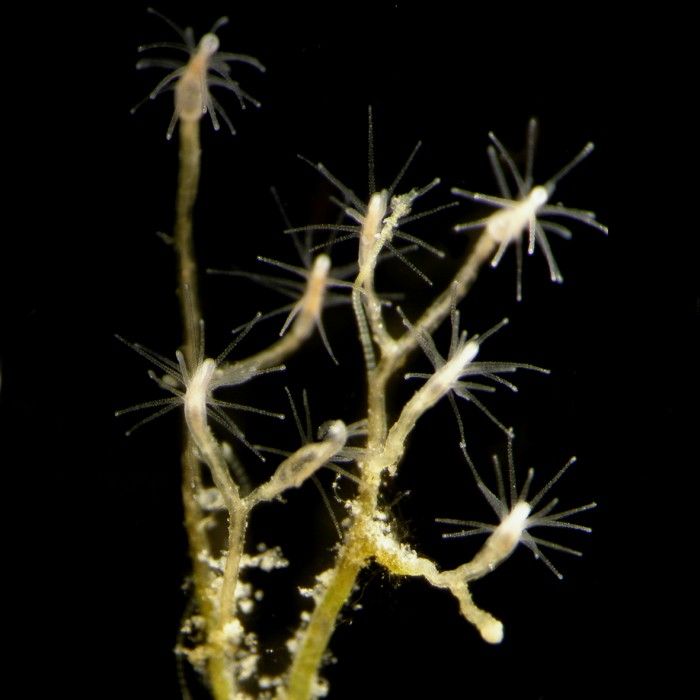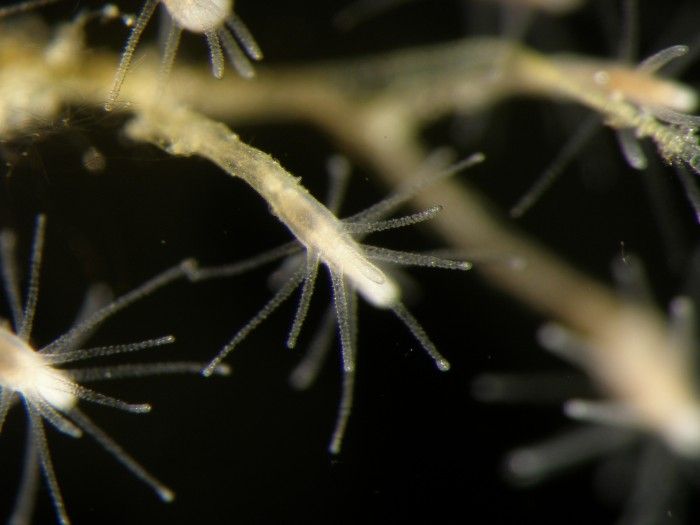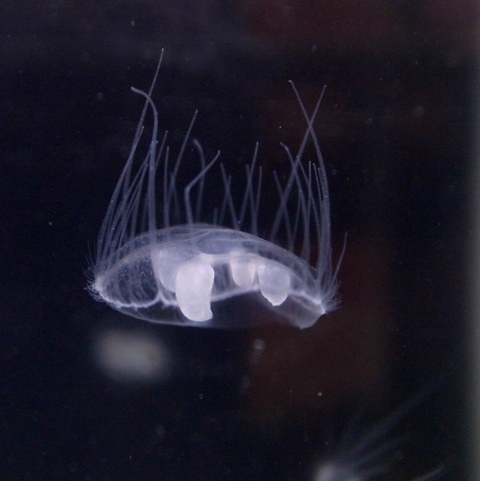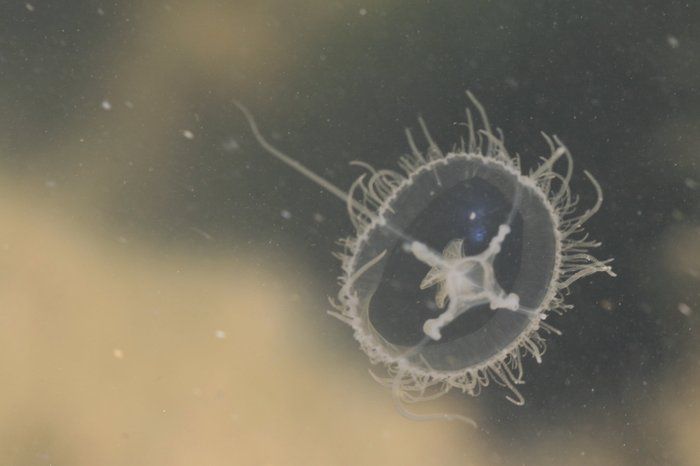Key to Australian Freshwater and Terrestrial Invertebrates
Phylum Cnidaria
Common names: jellyfish, sea anemones, corals, hydroids

Oceaniidae - Cordylophora caspia
a cosmopolitan species occuring in both fresh and brackish waters
Image credit: Dr Horia R. Galea,
used under a Creative Commons Attribution-Noncommercial-Share Alike 3.0 License
a cosmopolitan species occuring in both fresh and brackish waters
Image credit: Dr Horia R. Galea,
used under a Creative Commons Attribution-Noncommercial-Share Alike 3.0 License

Oceaniidae - Cordylophora caspia
a cosmopolitan species occuring in both fresh and brackish waters
Image credit: Dr Horia R. Galea,
used under a Creative Commons Attribution-Noncommercial-Share Alike 3.0 License
a cosmopolitan species occuring in both fresh and brackish waters
Image credit: Dr Horia R. Galea,
used under a Creative Commons Attribution-Noncommercial-Share Alike 3.0 License

Olindiidae - Craspedacusta sowerbii
Image credit: OpenCage,
used under a Creative Commons Attribution-ShareAlike license
Image credit: OpenCage,
used under a Creative Commons Attribution-ShareAlike license

Olindiidae - Craspedacusta sowerbii
Image credit: Stepanka Nemcova,
used under a Creative Commons Attribution-NonCommercial license
Image credit: Stepanka Nemcova,
used under a Creative Commons Attribution-NonCommercial license
References and further information
Atlas of Living Australia: Cnidaria
Encyclopedia of Life: Cnidaria
Tree of Life: Cnidaria






